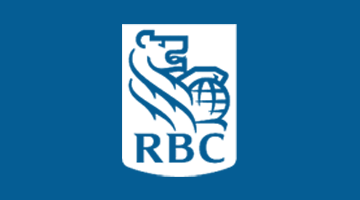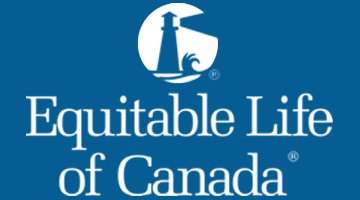Get Your FREE Life Insurance Quotes Today
19 things to know about RESPs
- RESPs have annual contribution limits per child.
- The child (beneficiary) must have a Social Insurance Number.
- There are lifetime contribution limits per child.
- The government-matching grant has limits for RESPs.
- Unused grant room can be carried forward.
- One plan can have multiple designated beneficiaries and a couple can be joint contributors of the plan.
- An individual child can be the beneficiary of multiple plans (e.g. set up by a parent and a grandparent) but the limits apply to the child, not to each plan.
- The subscriber can be the beneficiary.
- There must be a contribution to the plan before the year in which the beneficiary turns 16.
- There is a limit of 21 years for contributions to the plan and the plan must be collapsed by the end of 25 years.
- The contributions are not tax deductible to the contributor; however, the income is not taxable to the contributor year-to-year either.
- There is no restriction on the type of investment or the amount of foreign content allowed.
- The beneficiary must attend a qualifying educational program at a designated institution to receive funds from the plan.
- If one of the beneficiaries of the plan does not qualify for the educational assistance, the funds can be paid to other beneficiaries.
- If all the beneficiaries reach the age of 21 without qualifying and the plan has been in place for at least 10 years, the income can be repaid to the contributor, who must either contribute it to his/her own (or spouse’s) RRSP or else pay a tax penalty on the income amount in addition to the regular income tax on that amount.
- If there are no qualifying beneficiaries, the grants must be repaid.
- The principal amount can be returned tax-free to the contributor whether or not there are qualifying beneficiaries.
- The contributor can decide whether or not the principal is paid out to the beneficiary in addition to the income.
- The income from the plan is paid out and taxable to the beneficiary when received.













